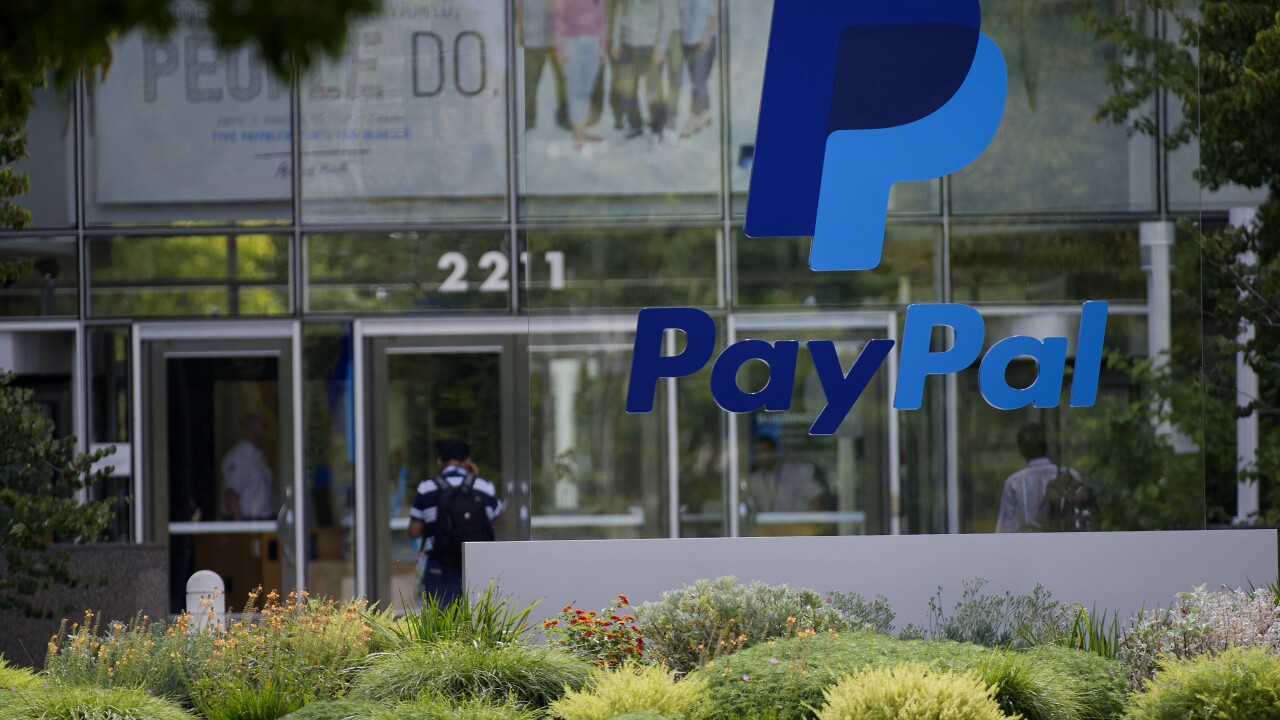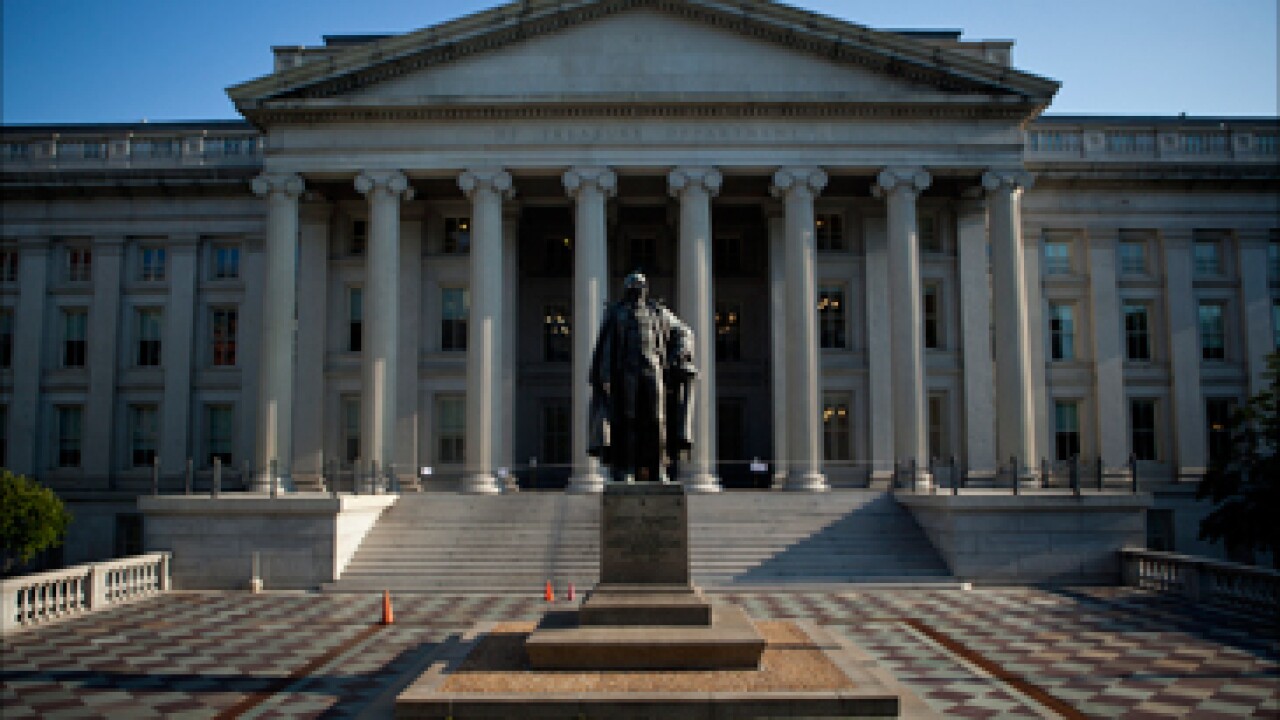The threat that mobile would displace plastic never came to be. But the new technology — often developed by retailers and other nonbanks — nevertheless forced issuers to take stock of their own offerings.
And while third-party wallet users often got little more than a battery-limited version of their payment accounts, people who stuck with bank cards were flooded with perks that rewarded them for their loyalty. That said, those perks are bound to dry if they cannot bring in the revenue to sustain them.
Issuer bonus offerings per consumer account more than doubled in value in the past decade, advancing to an average of 40,556 points in 2018 from 16,050 points in 2008, according to research from

The Federal Reserve issued data last year that supports the notion that consumers were drawn to credit cards with lucrative rewards and points programs. The Fed cited significant
Compare this to most nonbank mobile wallets. The
Samsung and LevelUp designed reward programs for their own wallet apps, but these each have their own limitations. Samsung Pay works only on Samsung handsets (which are known to be pricey and sometimes
Meanwhile, card issuers started
In compiling its research, MagnifyMoney examined more than 90 introductory bonus point offers from each of the five largest credit card issuers for personal credit cards in five-year increments. The rise in points offers is partly because of competition against other payment methods, and partly because of competition amongst the brands.
The spike in reward offers is especially apparent when comparing the U.S. market to other regions, said Brian Riley, director of card services for Mercator Advisory Group.
"When you look at what is going on in Europe, or in Australia, the amounts for rewards are about half of what we are getting here in the U.S.," Riley said.
Reward points are funded largely by interchange revenue, Riley noted. Though interchange is less likely to change under the Trump administration than it would under the Obama administration, the points programs for the major card brands would shift quickly if the interchange rate were to shift, he said.
The MagnifyMoney research indicates introductory offer points ballooned with hotel-branded cards, moving up to 60,000 points in 2018 compared to 21,250 in 2008. But it says travel cards had the biggest jump in tripling its average amount to 30,455 in 2018 from 10,000 points in 2008.
But there is no free lunch in the world of credit card issuing, as the research also indicated that card fees have jumped on average to $120 in 2018 from $74 in 2008. The cards offering the best bonus offers generally carried the biggest annual fees.
American Express Platinum and Chase Sapphire Reserve, which triggered a lot of publicity with its 100,000-point signup bonus, both charge users a $450 annual fee, though there are parameters for obtaining a $300 annual travel credit. And most cards require users to spend up to $4,000 in the first few months to earn the signup bonus.
While Chase Sapphire Reserve also marketed itself as
"The points offerings are fleeting," Riley said. "They kind of peaked last year and we have seen them get a little tighter."
For now, no card has offered more than the Chase Sapphire Reserve Card's 100,000-point offer. "So we know what the breaking point is on that," Riley said.





